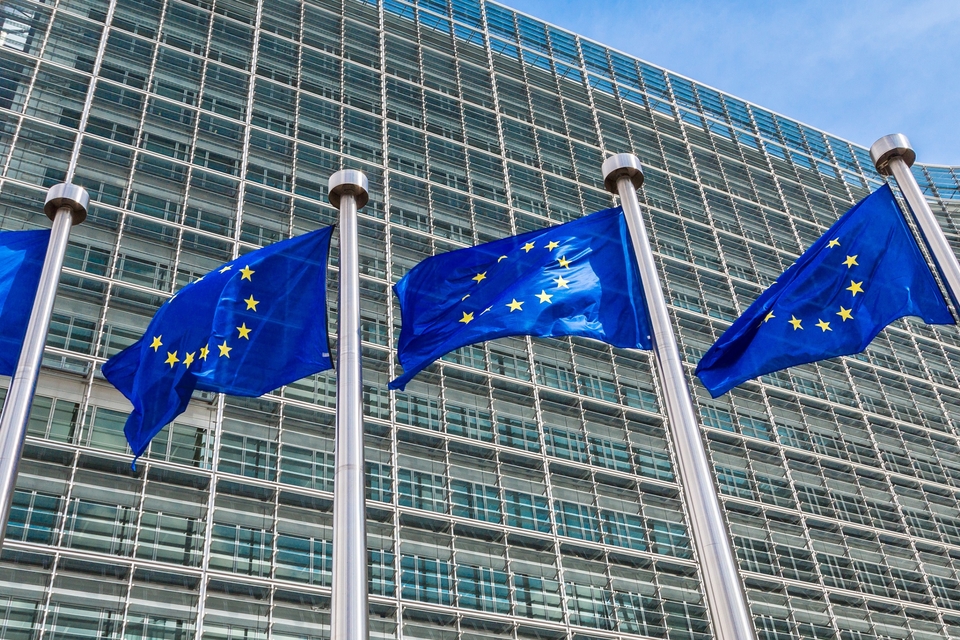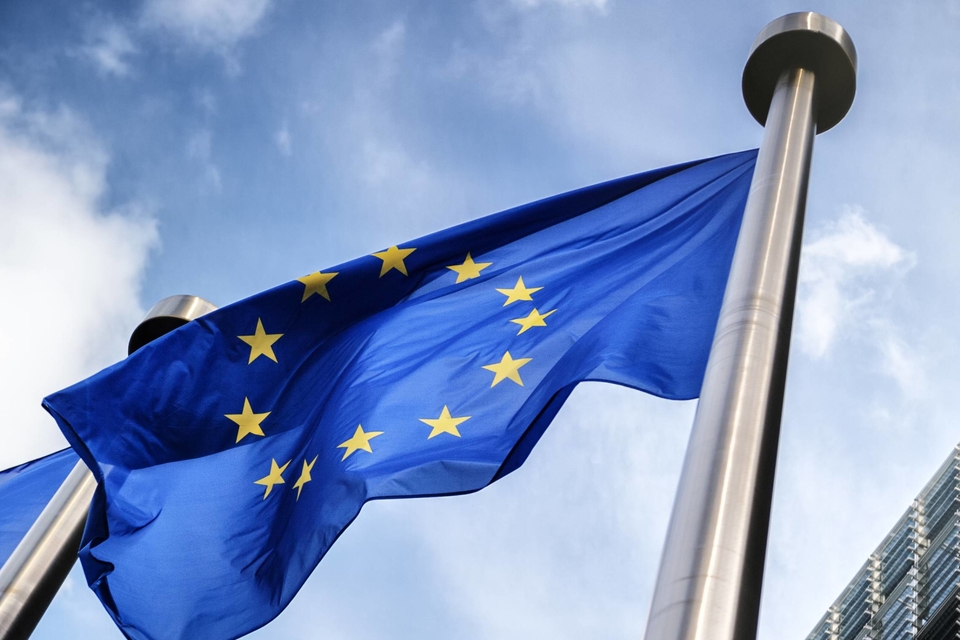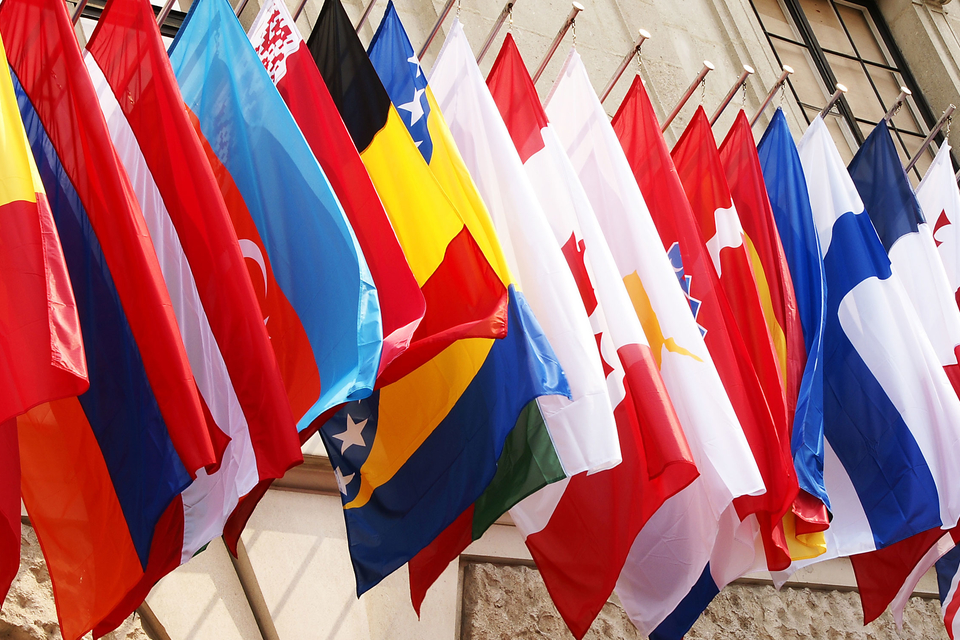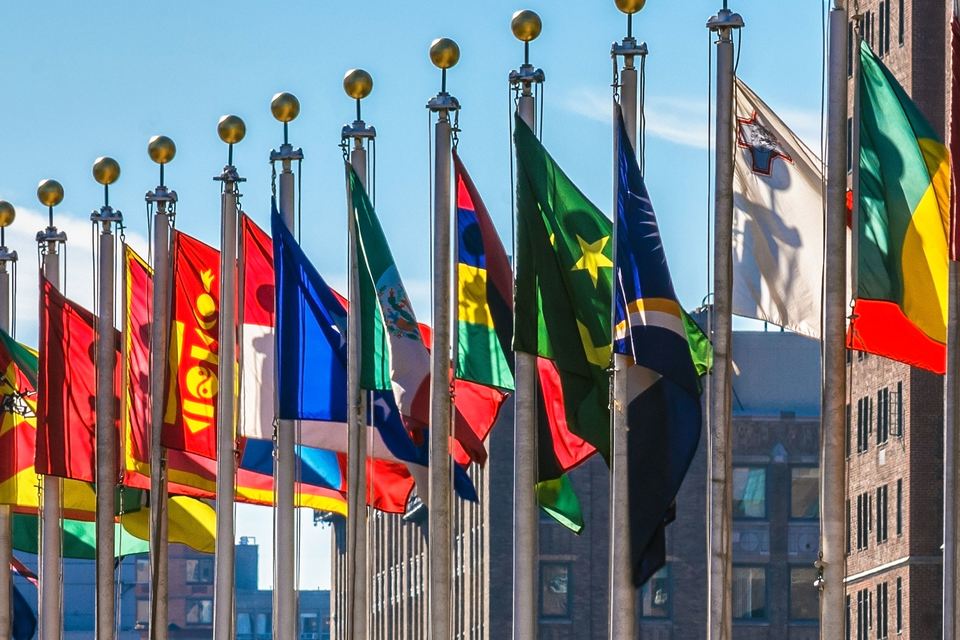African Union
The African Union's Continental AI Strategy sets the stage for a unified approach to AI governance across the continent.

Artificial intelligence (AI) has made enormous strides in recent years and has increasingly moved into the public consciousness.
Explore Trendscape Our take on the interconnected global trends that are shaping the business climate for our clients.
Increases in computational power, coupled with advances in machine learning, have fueled the rapid rise of AI. This has brought enormous opportunities, as new AI applications have given rise to new ways of doing business. It has also brought potential risks, from unintended impacts on individuals (e.g., AI errors harming an individual's credit score or public reputation) to the risk of misuse of AI by malicious third parties (e.g., by manipulating AI systems to produce inaccurate or misleading output, or by using AI to create deepfakes).
Governments and regulatory bodies around the world have had to act quickly to try to ensure that their regulatory frameworks do not become obsolete. In addition, international organizations such as the G7, the UN, the Council of Europe and the OECD have responded to this technological shift by issuing their own AI frameworks. But they are all scrambling to stay abreast of technological developments, and already there are signs that emerging efforts to regulate AI will struggle to keep pace. In an effort to introduce some degree of international consensus, the UK government organized the first global AI Safety Summit in November 2023, with the aim of encouraging the safe and responsible development of AI around the world.
Most jurisdictions have sought to strike a balance between encouraging AI innovation and investment, while at the same time attempting to create rules to protect against possible harms. However, jurisdictions around the world have taken substantially different approaches to achieving these goals, which has in turn increased the risk that businesses face from a fragmented and inconsistent AI regulatory environment. Nevertheless, certain trends are becoming clearer at this stage:
Businesses in almost all sectors need to keep a close eye on these developments to ensure that they are aware of the AI regulations and forthcoming trends, in order to identify new opportunities and new potential business risks. But even at this early stage, the inconsistent approaches each jurisdiction has taken to the core questions of how to regulate AI is clear. As a result, it appears that international businesses may face substantially different AI regulatory compliance challenges in different parts of the world. To that end, this AI Tracker is designed to provide businesses with an understanding of the state of play of AI regulations in the core markets in which they operate. It provides analysis of the approach that each jurisdiction has taken to AI regulation and provides helpful commentary on the likely direction of travel.
Because global AI regulations remain in a constant state of flux, this AI Tracker will develop over time, adding updates and new jurisdictions when appropriate. Stay tuned, as we continue to provide insights to help businesses navigate these ever-evolving issues.
The African Union's Continental AI Strategy sets the stage for a unified approach to AI governance across the continent.

Voluntary AI Ethics Principles guide responsible AI development in Australia, with potential reforms under consideration.

The enactment of Brazil's proposed AI Regulation remains uncertain with compliance requirements pending review.

AIDA expected to regulate AI at the federal level in Canada but provincial legislatures have yet to be introduced.

The Interim AI Measures is China's first specific, administrative regulation on the management of generative AI services.

The Council of Europe is developing a new Convention on AI to safeguard human rights, democracy, and the rule of law in the digital space covering governance, accountability and risk assessment.

The successful implementation of the EU AI Act into national law is the primary focus for the Czech Republic, with its National AI Strategy being the main policy document.

The EU introduces the pioneering EU AI Act, aiming to become a global hub for human-centric, trustworthy AI.

France actively participates in international efforts and proposes sector-specific laws.

The G7's AI regulations mandate Member States' compliance with international human rights law and relevant international frameworks.

Germany evaluates AI-specific legislation needs and actively engages in international initiatives.

National frameworks inform India’s approach to AI regulation, with sector-specific initiatives in finance and health sectors.

Israel promotes responsible AI innovation through policy and sector-specific guidelines to address core issues and ethical principles.


Japan adopts a soft law approach to AI governance but lawmakers advance proposal for a hard law approach for certain harms.

Kenya's National AI Strategy and Code of Practice expected to set foundation of AI regulation once finalized.

Nigeria's draft National AI Policy underway and will pave the way for a comprehensive national AI strategy.

Position paper informs Norwegian approach to AI, with sector-specific legislative amendments to regulate developments in AI.

The OECD's AI recommendations encourage Member States to uphold principles of trustworthy AI.

Saudi Arabia is yet to enact AI Regulations, relying on guidelines to establish practice standards and general principles.

Singapore's AI frameworks guide AI ethical and governance principles, with existing sector-specific regulations addressing AI risks.

South Africa is yet to announce any AI regulation proposals but is in the process of obtaining inputs for a draft National AI plan.

South Korea's AI Act to act as a consolidated body of law governing AI once approved by the National Assembly.

Spain creates Europe's first AI supervisory agency and actively participates in EU AI Act negotiations.

Switzerland's National AI Strategy sets out guidelines for the use of AI, and aims to finalize an AI regulatory proposal in 2025.

Draft laws and guidelines are under consideration in Taiwan, with sector-specific initiatives already in place.

Turkey has published multiple guidelines on the use of AI in various sectors, with a bill for AI regulation now in the legislative process.

Mainland UAE has published an array of decrees and guidelines regarding regulation of AI, while the ADGM and DIFC free zones each rely on amendments to existing data protection laws to regulate AI.

The UK prioritizes a flexible framework over comprehensive regulation and emphasizes sector-specific laws.

The UN's new draft resolution on AI encourages Member States to implement national regulatory and governance approaches for a global consensus on safe, secure and trustworthy AI systems.

The US relies on existing federal laws and guidelines to regulate AI but aims to introduce AI legislation and a federal regulation authority.


Draft laws and guidelines are under consideration in Taiwan, with sector-specific initiatives already in place.
Currently, there are no specific codified laws, statutory rules or regulations in Taiwan that directly regulate AI.
Since 2019, members of the Legislative Yuan (Taiwan’s congress) have been proposing various versions of draft AI laws. In March 2023, a private foundation called International Artificial Intelligence and Law Research Foundation (IAILRF) also proposed a draft Basic Law for Developments of Artificial Intelligence (IAILRF’s Draft AI Law).1 The Executive Yuan (Taiwan’s cabinet) has separately confirmed that it is in the process of formulating the government’s version of the draft AI law (Government’s Draft AI Law). It is anticipated that the Government’s Draft AI Law will be published in 2024. As draft laws ultimately require approval from the Legislative Yuan, the likelihood and timing of its passage following its official publication remains uncertain.
Additionally, the Taiwan government has published multiple guidelines and plans for AI development, such as:
In August 2023, the Executive Yuan also issued guidelines for the use of generative AI by the Executive Yuan and affiliated government authorities/agencies.4
Guidelines and plans, such as the AI R&D Guidelines and the AI Action Plan, have already been approved and published (as discussed above).
There are various laws that do not directly seek to regulate AI, but may affect the development or use of AI in Taiwan. A non-exhaustive list of key examples includes:
Intellectual property laws may affect several aspects of AI development and use.
As noted above, there are currently no specific laws or regulations in Taiwan that directly regulate AI. Accordingly, there is currently no official legal definition of AI in Taiwan.
As noted above, there are currently no specific laws or regulations in Taiwan that directly regulate AI. Accordingly, there is currently no territorial scope.
As noted above, there are currently no specific laws or regulations in Taiwan that directly regulate AI. Nevertheless, legislators in Taiwan have promulgated certain sector-specific laws for companies to test the use of certain technologies (including AI) in controlled regulatory environments, such as:
Additionally, in the financial services industry, the Financial Supervisory Commission (Taiwan’s financial regulator, the FSC) published the “core principles and policies for use of AI in the financial industry” (FSC AI Policy) in October 2023.11 In late 2023, the FSC also published a set of draft guidelines for the use of AI in the financial industry.12 The FSC is currently seeking public feedback on the draft, so it is not yet certain when these guidelines will be finalized.
As noted above, there are currently no specific laws or regulations in Taiwan that directly regulate AI. AI systems are not currently recognized as separate legal entities in Taiwan, so they cannot be subject to civil liability on a standalone basis. An injured party would therefore need to prove that the use of AI technology falls within a category of tort that is recognized under Taiwan’s Civil Code and/or the Consumer Protection Act. For example, an injured party may be able to claim that: (i) the manufacturer of a self-driving car liable under Article 7 of the Consumer Protection Act; or (ii) the user of a self-driving car liable under Article 184 of the Civil Code.13
As noted above, there are currently no specific laws or regulations in Taiwan that directly regulate AI.
Nevertheless, given that it appears likely that the IAILRF’s Draft AI Law will influence Taiwan’s eventual regulation of AI, its main aims may shed some light on the eventual outcome:14
As noted above, there are currently no specific laws or regulations in Taiwan that directly regulate AI. However, the IAILRF’s Draft AI Law proposes a risk-based approach to regulation of AI products and services. Accordingly, it is anticipated that AI products and services will also be categorized according to risk under the Government’s Draft AI Law, especially if other AI regulations (such as the EU AI Act) adopt a similar approach.
As noted above, there are currently no specific laws or regulations in Taiwan that directly regulate AI.
Nevertheless, the AI R&D Guidelines set out the following eight principles that participants in AI technology should be aware of when conducting relevant activities:15
In addition, the IAILRF has expressed the need for the implementation of “AI ethical principles” through the IAILRF’s Draft AI Law, which includes autonomy, confidentiality, security, inclusion and transparency.16
Currently, there is no AI-specific regulator in Taiwan. However, the following authorities oversee different aspects of AI:
As noted above, there are currently no specific laws or regulations in Taiwan that directly regulate AI. Accordingly, enforcement and penalties relating to creation, dissemination and/or use of AI are governed by related violations in non-AI legislation.
1 Please see here.
2 Please see here (Mandarin only)
3 Please see here.
4 Please see here (Mandarin only)
5 Please see here.
6 Please see here.
7 Please see here.
8 Please see here.
9 Please see here.
10 Please see here.
11 Please see here (Mandarin only)
12 Please see here. (Mandarin only)
13 Please see here.
14 Please see here.
14 Please see here (Mandarin only)
15 Please see here.
White & Case means the international legal practice comprising White & Case LLP, a New York State registered limited liability partnership, White & Case LLP, a limited liability partnership incorporated under English law and all other affiliated partnerships, companies and entities.
This article is prepared for the general information of interested persons. It is not, and does not attempt to be, comprehensive in nature. Due to the general nature of its content, it should not be regarded as legal advice.
© 2024 White & Case LLP
Benjamin Y. Li
Partner, Lee and Li
+886 2 2763 8000
benjaminli@leeandli.com
Eddie Hsiung
Partner, Lee and Li
+886 2 2763 8000
eddiehsiung@leeandli.com